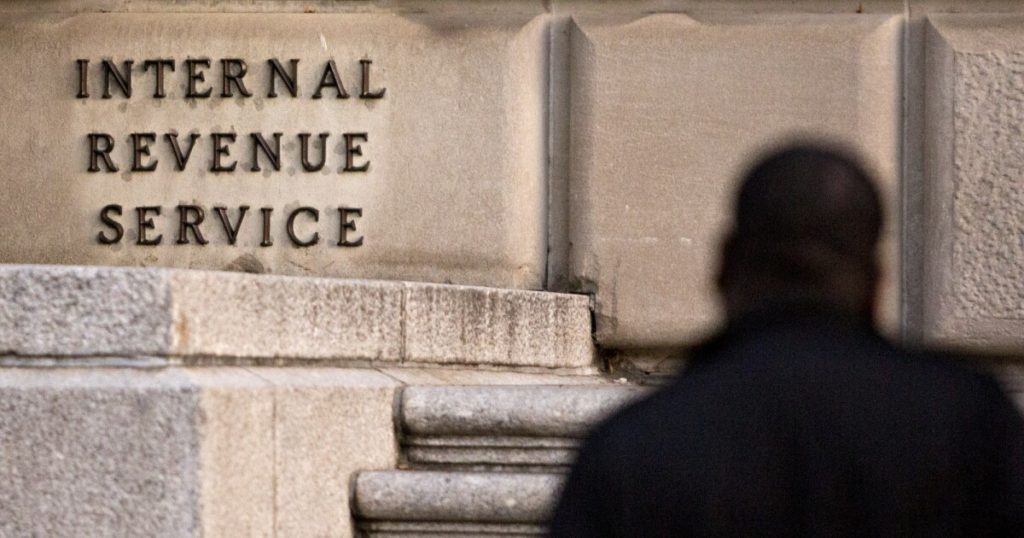ETAAC praises IRS e-file initiatives, slams ‘funding uncertainty’


The IRS Electronic Tax Administration Advisory Committee said in its recent report that the service has demonstrated its skill at executing appropriately funded technology and process modernization projects, but warned it will need more support if it wants to meet its true potential.
One example of efforts that have recently borne fruit, according to the report, are improvements to the Modernized e-File System in 2020 that were implemented to reduce paper intake by allowing certain amended personal income tax returns, filed on Form 1040-X, to be filed electronically. As of this past May, the agency has electronically received nearly 3.5 million amended returns since e-filing’s inception, removing those returns from the paper submission flow. Though amended returns still require manual adjustments to be made by trained IRS staff, e-filing the amended return has eliminated the need for IRS staff to open the mailed 1040-X forms and manually enter the data from these returns.
However, more needs to be done. The report specifically said that Congress needs to not only give more funding to the IRS, it needs to change how that funding operates. The committee noted that, over the past few years, much of the service’s funding has come from late appropriations in the form of continuing resolutions, which are often restricted to specific purposes. Oftentimes the agency is only left with choices that the report said do not promote and facilitate optimal tax administration practices. Since 2001, the IRS has experienced over 100 continuing resolutions.
“The downside of late appropriations is funding uncertainty. Funding uncertainty forces the IRS to opt for more expensive, less effective, short-term solutions. For example, they spend resources to keep outdated legacy systems running. They use temporary staff over permanent staff and typically suspend hiring during times of budget uncertainty,” said the report.
More specifically, this funding uncertainty impedes the IRS from making further technological improvements that could increase the quality of tax administration. The report noted that 50% of paper filers used commercial tax software, but many of them filed by hand because their electronic return was rejected due to errors. Many things, said the report, can produce this situation, such as the taxpayer not being able to remember their prior-year adjusted gross income (required to validate the taxpayer’s identity); a return has already been filed using the taxpayer’s identification number; a dependent has already been claimed on another tax return; or the taxpayer is missing a form that must be attached to the return.
With this in mind, the report said the government should focus on further improvements to the e-filing system. These improvements should include prioritization of programming resources to ensure forms with material volume can be e-filed; a process for securely authenticating and ingesting more returns that preserves the integrity of the data throughout the return lifecycle; and a process for uploading to MeF the supporting documents needed to resolve return issues.
This will require action on the part of both Congress and the IRS. For Congress, the report recommended that it provide the IRS with flexible, sustainable, predictable multiyear funding. This can be done by:
- Restructuring the funding to eliminate appropriation categories;
- Predictably and fully funding the IRS’s budget requests each year, prior to the start of the applicable fiscal year;
- Developing and implementing a pilot benefits-based funding tool that allows the IRS to retain a portion of defined amounts it collects for technology or staffing-related projects;
- Establishing sustained multiyear funding for the IRS’s Technology Modernization Plan, which will allow the IRS to contract for technology services in a more cost-efficient manner and will lead to timely and successful technology implementations; and,
- Ensuring that inapplicable budgetary limitations do not impact IRS funding.
On the part of the IRS, the report recommends increased collaboration with stakeholders, pointing to the success it has had working with state tax authorities and software developers to make the latest round of e-file improvements. The service needs to work with others to remove impediments from e-filing, with appropriate security features, taxpayer consent and acknowledgments. ETAAC also recommended the IRS should promote the use of IP PINs through a national, year-long campaign, leveraging stakeholders including the tax and financial services industries, to highlight the benefits of the program.
Finally, the report said the service needs to work collaboratively with states and software providers to develop a long-term roadmap for Payroll and Information Return Modernization, leveraging its experience with MeF, to provide capabilities that allow a seamless experience for all stakeholders using the systems.
“In the midst of the challenges that the IRS and taxpayers have faced through the pandemic years, the IRS leadership is poised, perhaps like no other time in history, to successfully implement initiatives that will put taxpayers first,” the report concluded.


